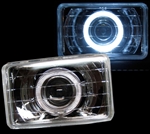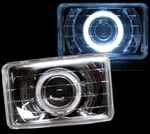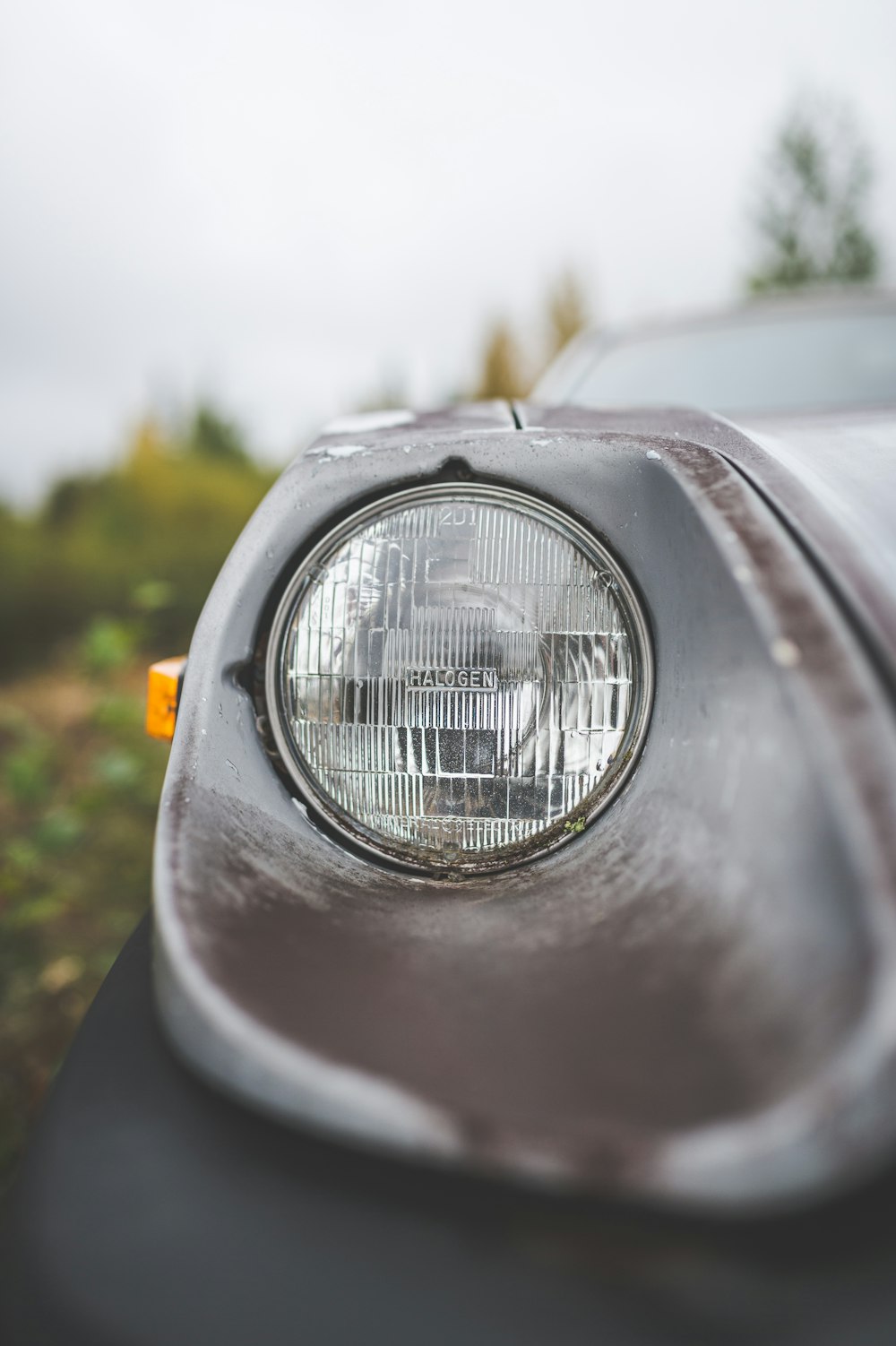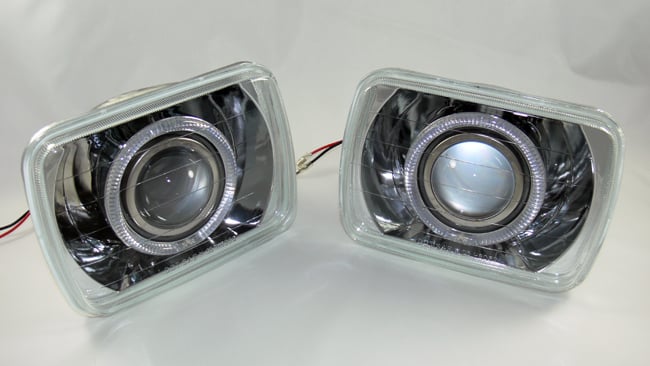Every year, approximately 1.25 million lives are lost to road traffic accidents. An additional 20-50 million survivors suffer critical injuries, some leading to permanent disabilities. Now, imagine navigating a bustling traffic system at night without headlights. It's a grim thought, isn't it? Headlights, often overlooked, play an essential role for all people on and around a road. This blog post is a tribute to these pairs of silent heroes that guide us through the darkness.
The Dawn of Automotive Lighting: The 1880s
Our journey begins in the 1880s, with the birth of the first headlights. These early illuminators were lit by a combination of acetylene and oil. However, these pioneers of automotive lighting were far from perfect. They left a residue of caustic lime that demanded regular cleaning. Their light range was poor, and they were vulnerable to adverse weather conditions. Despite these shortcomings, they were the first step on a long road of innovation.
The Spark of Change: The Late 1800s to Early 1900s
In 1898, the Electric Vehicle Company from Connecticut achieved a significant milestone in headlight history. They launched the first electric headlamp, a revolutionary concept that began to shed new light on the world of automotive illumination.
The innovation didn't stop there. In 1904, the Pockley Automobile Electric Lighting Syndicate introduced the first complete set of headlights, sidelights, and rear lights, all powered by an eight-volt battery. This was a significant leap forward, but there was still room for improvement. The lack of a proper lens caused glare, and drivers craved more powerful lights to illuminate their path.
A New Era of Illumination: The 1910s
The 1910s marked the arrival of the Corning Conaphore - the first modern headlight to use a lens to direct the light. This breakthrough technology provided a solution to the glaring problem of the past, directing light to illuminate more of the road and eliminating the dreaded glare that had plagued drivers.
In 1912, Cadillac integrated automobile lights with the ignition system, giving the world its first modern electric headlamp. This integration was a game-changer, making the use of headlights more intuitive and user-friendly.
The Evolution Continues: The 1920s to 1930s
The 1920s and 1930s saw further advancements in headlight technology. In 1924, the modern system of two-filament hi/low beams setup debuted in headlights, allowing drivers to adjust the light's output depending on driving conditions.
In 1939, the sealed beam style was launched. This design featured a metal reflector, a soldered-in bulb, and a glass lens fastened permanently together. While this meant that a worn-out light required replacing the whole unit, it was a step toward the headlights we know today.
The Age of Innovation: The 1960s to 2000s
The 1960s brought the halogen sealed beam headlights, offering brighter light and making replacing a burned-out light a little less daunting. By 1983, composite headlights were introduced, and headlights were made from plastic, marking another significant milestone in headlight evolution.
The 1990s saw the introduction of Xenon lights, which not only emitted adequate light right on startup but also increased the luminance shortly after. They proved to be quite durable compared to their halogen counterparts.
By 2004, the chic LED headlight made its debut in the Audi A8, mainly as a daytime running headlight. LED lights provide a massive amount of light while consuming little energy, allowing for different headlight shapes and designs.
The Headlights Market Today and Beyond
The headlights market has seen significant growth over the years. The Compound Annual Growth Rate (CAGR) from 2016 to 2021 is projected at 6.29%. The industry is expected to grow to £20.18 billion by 2021. It is also predicted that LED lighting will cover more than 20% of the market by 2030.
One of the hottest trends in the automotive lighting industry is Ambient Lighting. This innovation uses interior lighting strategically to create a psychologically soothing effect. As we continue to innovate and improve, who knows what the future of automotive lighting holds?
Our journey through the history of automotive headlights has shown us how far we've come. From the early days of acetylene and oil lamps to the modern era of LED and ambient lighting, the Evolution of headlights is a testament to human ingenuity and the relentless pursuit of safety and efficiency. As we look to the future, we can only imagine what new innovations will light our way.










.png?width=300&height=87&name=logo%20(1).png)